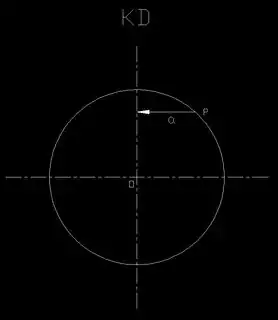Both of these forces act on the radial axis that goes through the center of earth. … My question is, how does these forces create this acceleration and nothing else. What am I missing?
You are missing the fact that neither of those forces actually go through the center of the earth.
First, the contact force between the earth and the body has both a vertical and a horizontal component. This horizontal component arises from static friction and is often larger than the centripetal acceleration. This is the force, for example, that keeps the object from sliding down a hill or sliding around from a light breeze. It also provides whatever small force is needed for the centripetal motion.
Second, the earth is not uniform. There are variations in density and local features like mountains and so forth. All of these perturb the local gravitational vector so that it does not actually point towards the center of the earth. If you took those deviations and constructed a shape such that the surface is everywhere perpendicular to the local gravitational vector, that shape is called the geoid. That shape is, in some sense, the actual shape of the earth, and on it there would be no static friction. The force for the centripetal motion would come from the sum of the normal force and the local gravitational force, neither of which would necessarily point towards the center.
Now, suppose that we were not on the earth, but rather on a perfectly uniform density planet with the same mass and angular velocity as the earth. Suppose further that the planet is formed of some fluid so that there are no mountains or hills and that there is no wind or moons so there are no waves or tides. Such a planet would have everywhere a gravitational vector that points exactly to the center of the earth, and since it is a fluid the surface is everywhere normal to the local gravitational force so there is no horizontal forces. Now, on such an idealized planet the geoid would be an ellipsoid, and although the gravitational force would be through the geometric center, the normal force would not except at the equator and the poles. The sum of the center-directed gravitational force and the off-center normal force would give the required centripetal force.
Finally, suppose that the idealized planet was not a fluid ellipsoid, but a solid sphere, and suppose that it were frictionless. In that case both the normal force and the gravitational force would point perfectly towards the center, and with no friction the net force could not cause only the desired centripetal motion. Instead, the body would begin to slide towards the equator. This is the scenario you were analyzing. The fact that we don’t observe this behavior is because the earth is not a uniform frictionless sphere.

